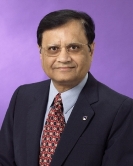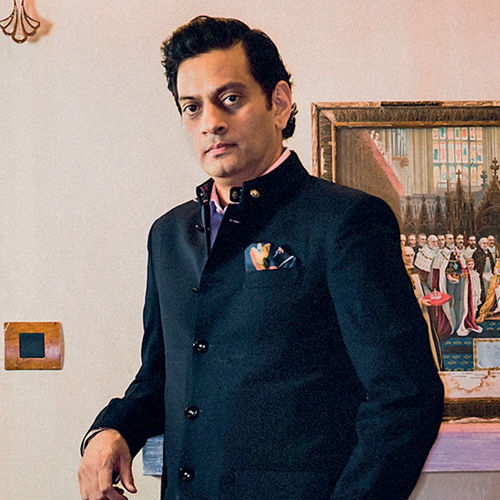
Raghavendra Rathore
Fashion Designer
Rathore Jodhpur
Raghavendra Rathore is a reputed fashion designer from the culturally rich city of Jodhpur. He is one of the few who made it big in the international field. He has a traditional upbringing and is trained at the Parsons School of Design, New York.
Raghavendra Rathore is a reputed fashion designer from the culturally rich city of Jodhpur. He is one of the few who made it big in the international field. He has a traditional upbringing and is trained at the Parsons School of Design, New York.
Fibre2Fashion: You are one of the few fashion designers who have succeeded in getting India into the international market. How did you make that possible? What extra element do you have in your designs that make your brands widely accepted?
Raghavendra Rathore:
We strongly believe the design must be global in its appearance with only a hint of the richness of India and its crafts, the product must have a cutting edge feel to it and reflect the mood of the times. Our brand prides itself in managing to radiate this buoyancy through its wide spectrum of products.
F2F: Do you suppose that the culture you were brought up in has a major role in shaping your career? Can you elaborate on what all you got to learn (in terms of a designer) from your home town and through your travels?
RR:
Good instructions at an early age and a balanced childhood has its impacts on each one of us, culture and the code of conduct are vital too in shaping all our minds and most importantly the contact with people who influence the level of aesthetics as a child. A combination of all these elements certainly influences my approach to design and creation of products.
F2F: You were in Paris for a considerable period of time. What difference do you see in the fashion industry of Paris and the fashion industry of India? How do you think can Indian fashion industry bring itself to the level of the Parisian fashion industry?
RR:
The un-sanitized approach to fashion in India is a tremendous opportunity compared to the saturated markets of Europe. The next few years will see a golden age of retail and a fierce battle between brands to evolve into super brands in the Asian context. The sensibilities that are aligned with each culture are so vast that it is impossible to compare the two hemispheres. Definition of luxury products too, has inherent meanings which differed in context to the two markets. In other words these are two worlds completely apart with some desire to connect with each other through displacement of luxury products.
F2F: How do you think is Indian bridal wear different from the rest in the world? What is your personal favorite among all the varieties in terms of Indian bridal wear?
RR:
Insulated from the trends on the global runways, Indian bridal wear is unique because it has its own ecosystem. The cyclic trends of global fashion can never impact the basic nature of this category and therefore it is one of the most important divisions in terms of revenues. My personal favorites are the Bandhgala jacket and the Achcan.
F2F: When it comes to embroideries, which ones would you personally prefer? Is there any type that you dislike? Please elaborate your choices.
RR:
Aesthetically designed embroideries and motifs are appealing however any compromise on either of these two elements can see a decline in the overall beauty of the design.
F2F: What do you have to say on the men’s fashion market? Till a few years, the market was completely dominated by women’s wear. But the trends are certainly changing now. What are the prospects of menswear market in the global fashion industry according to you?
RR:
The menswear market in India is gigantic, unfortunately it is not the one that is talked about at fashion week or in the glossy fashion magazines. The dominance of menswear is evidently clear, it is one of the most important categories to watch out for in terms of retail. A wide range of products and accessories are global in styling tend to move well in terms of sales.
F2F: You are into a variety of designing. You design clothes, furniture, interiors, and a lot many things. Would you call yourself – “Jack of all trades” or “Master of one”! Please explain.
RR:
Design to me is like sugar, if carefully nurtured you can create an endless array of products for every segment of the luxury market. Interior and structural design is a new division that we introduced a year ago, it has been a very prominent part of a company, other areas of design are also encouraged in our business strategy.
F2F: What do you personally believe in with respect to fashion – classic, contemporary, or a blend of classic and contemporary? Please explain.
RR:
A classic look with the modern edge is our signature look for menswear, with the launch of our red Carpet Label for women's wear; we hope to add a little bit of trend to the custom made line.
F2F: What have you got to say about the growing awareness of sustainability in fashion and textile? Do your brands keep this aspect in mind?
RR:
Encouraging the use of various different handloom fabrics into our collections is a mandate that my design team follows season after season. I only wish there were more textile designers working with our rich base of craftspeople churning out various different handloom fabrics, to bring an element of design and freshness every season in the textile sector.
F2F: As a key person in the Young Designer Hunt organized by National Textile Corporation Limited (NTC), what advice would you like to give young and aspiring fashion designers from India?
RR:
To epitomize the ability to make a difference through design while respecting the idea of culture and heritage and finally to build on the ability to express one’s ideas clearly.
Anurag Batra
Gabi Seligsohn
Rahul Mehta
Arun Sirdeshmukh
Aseem Prakash
Abhay Gupta
Bill D’Arienzo
Rahul Mehta
Fanny Vermandel
Pradip Mehta





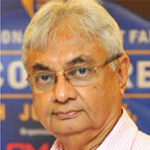
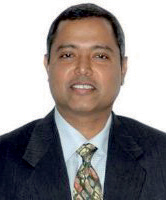
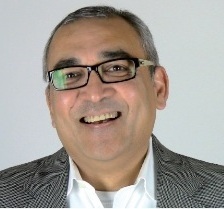


_8.JPG)

